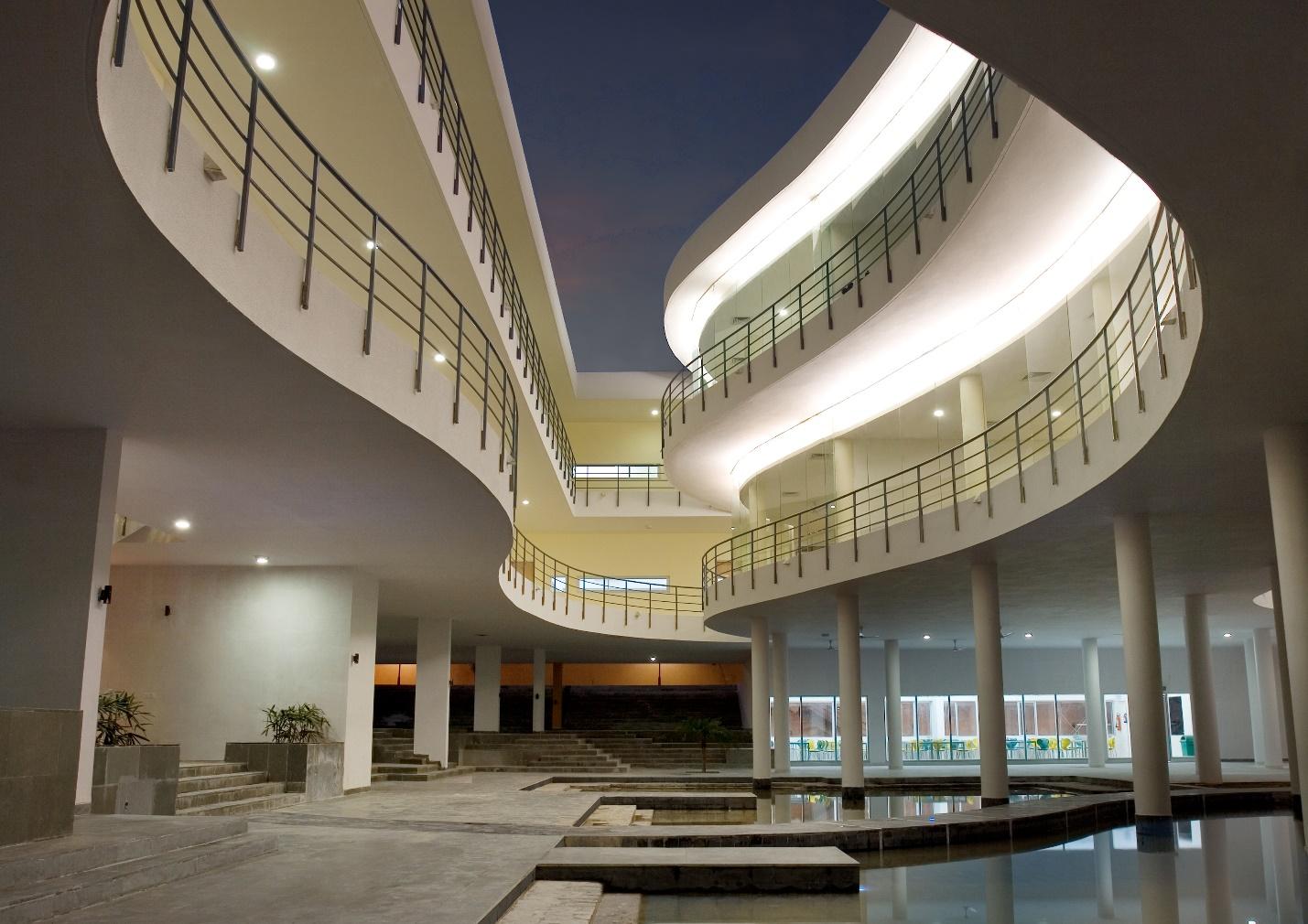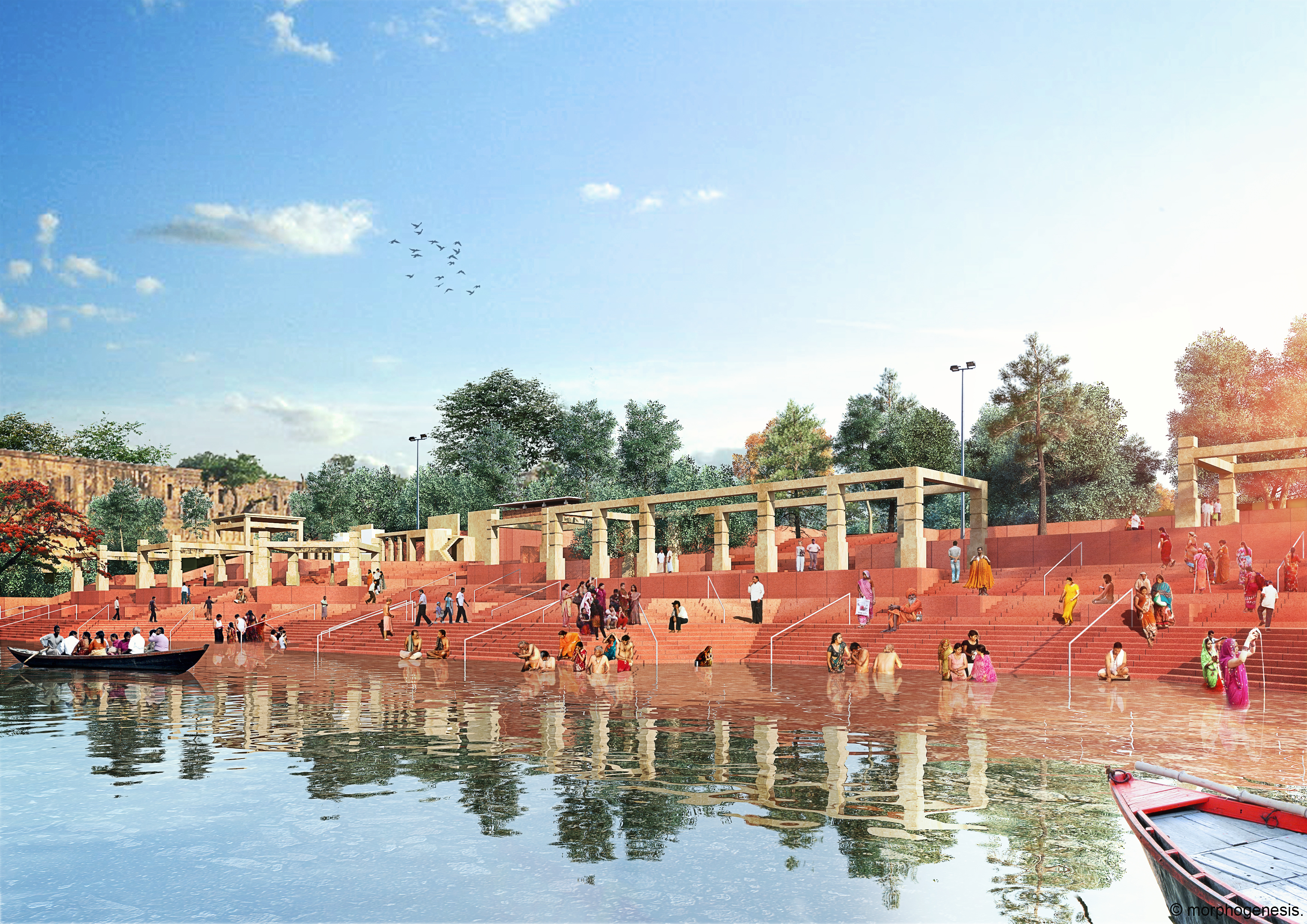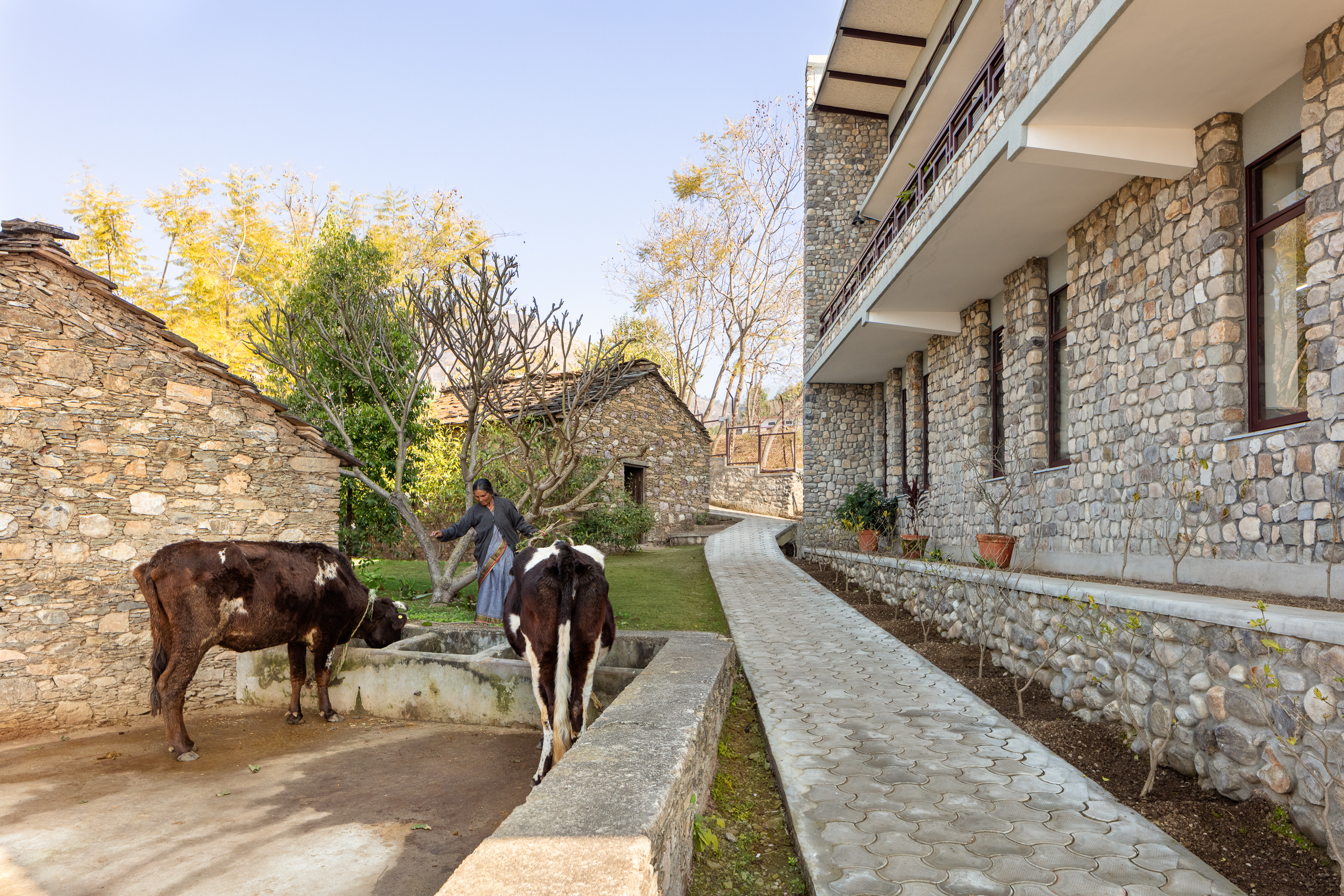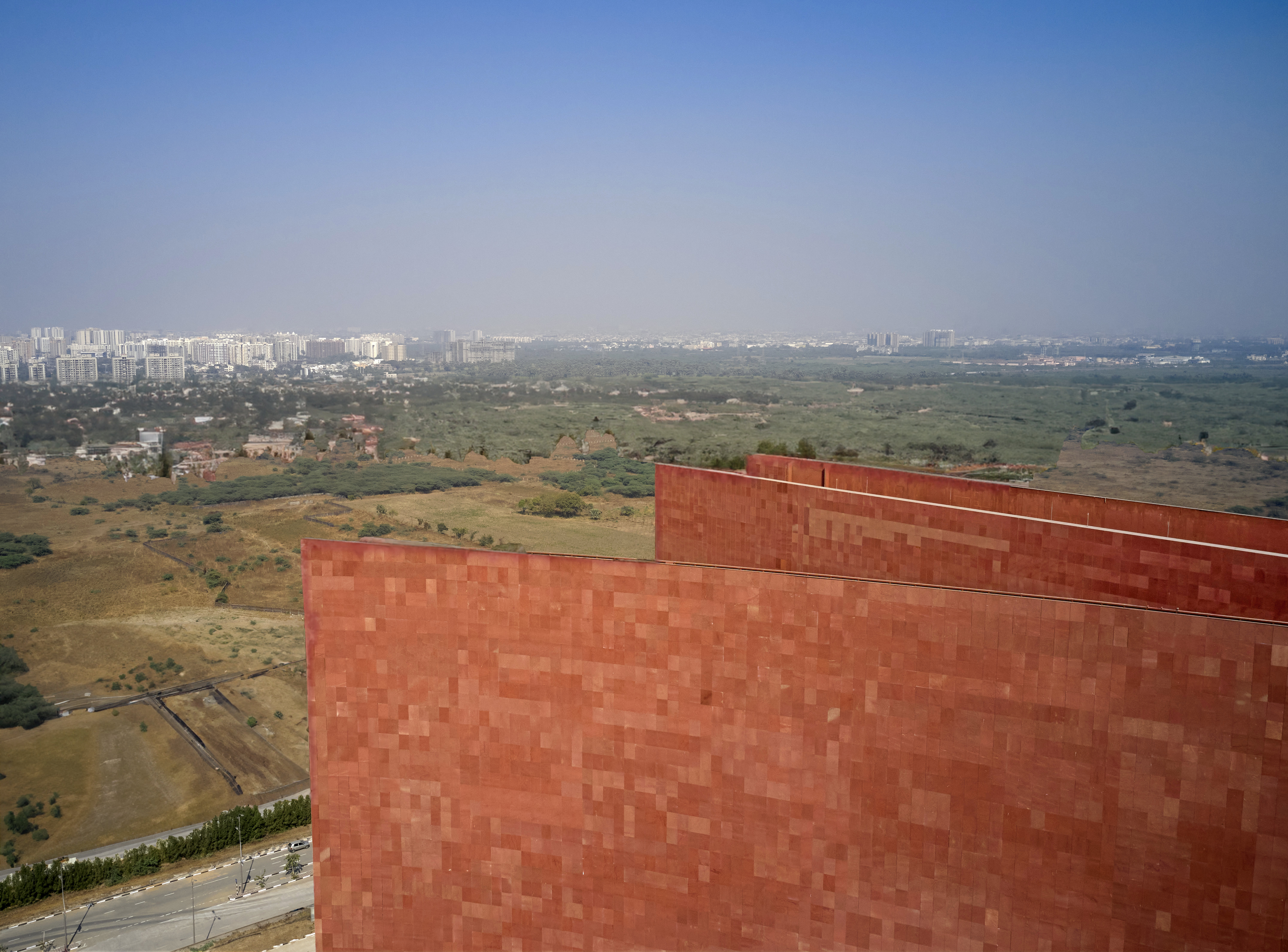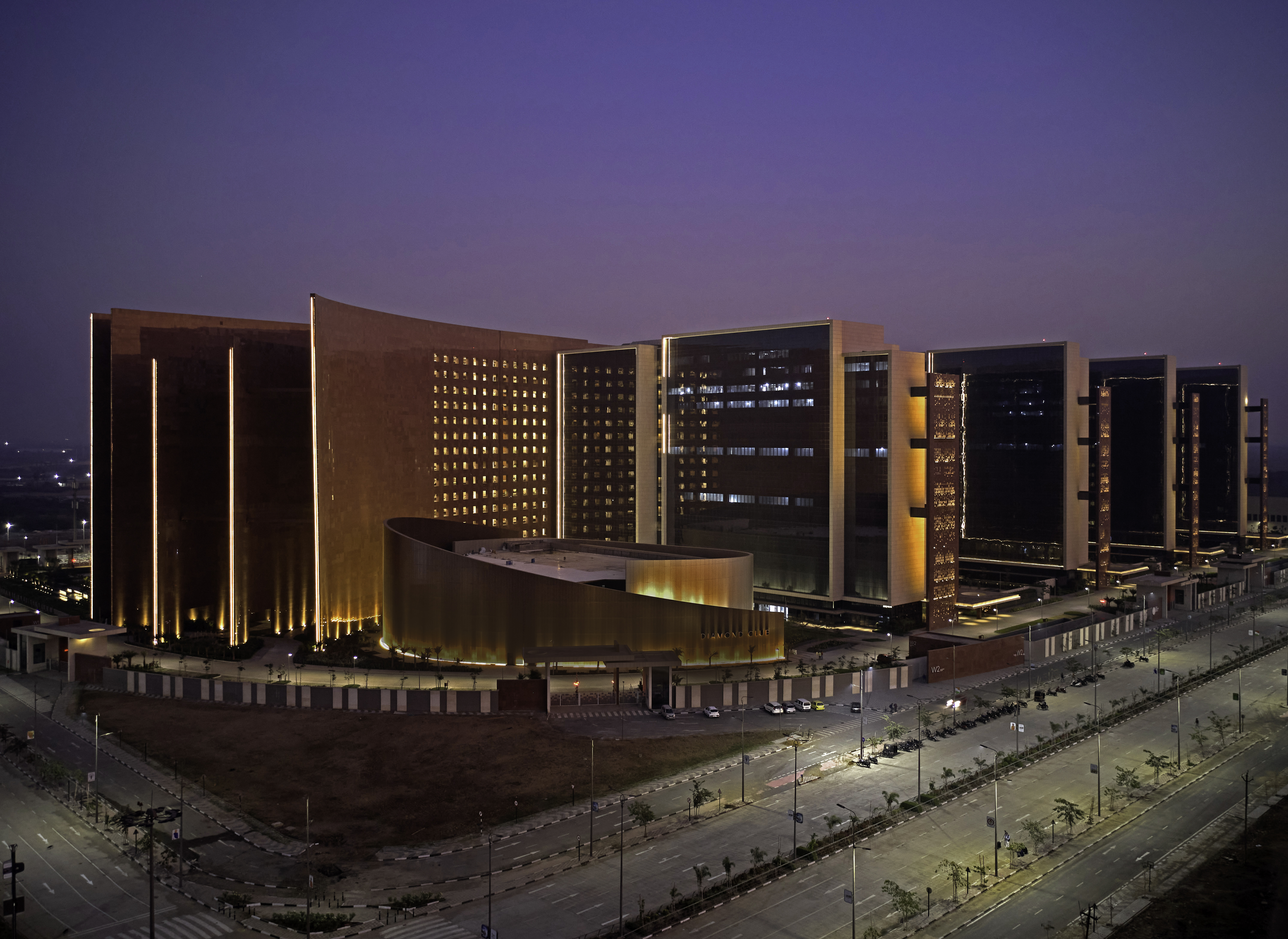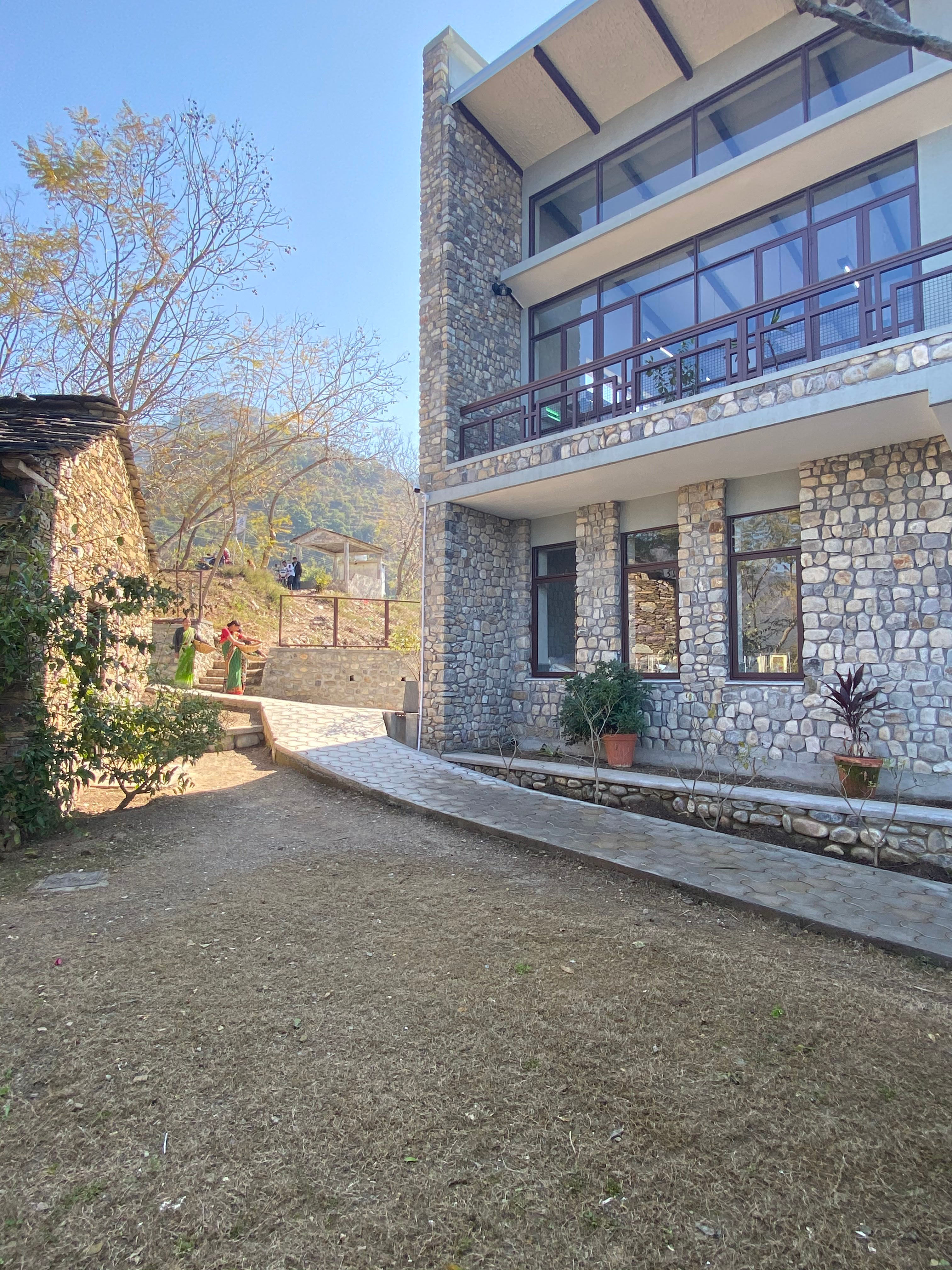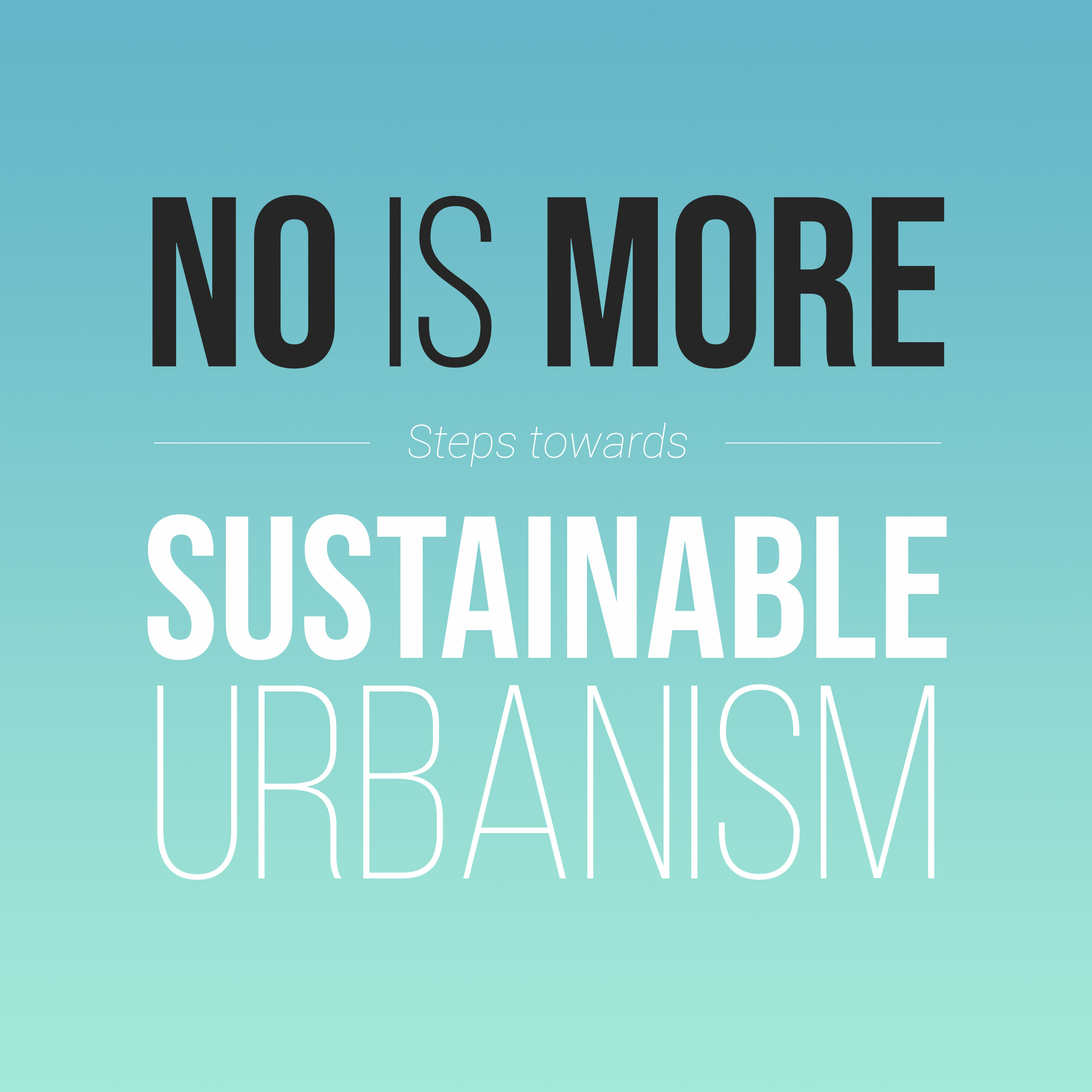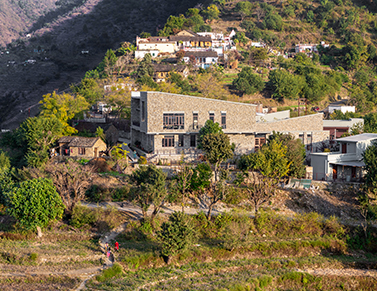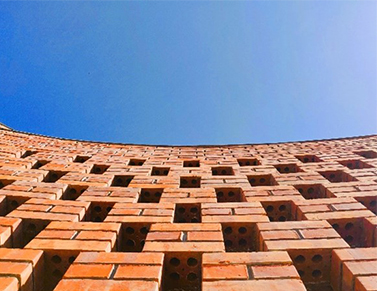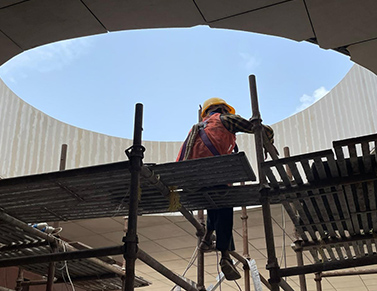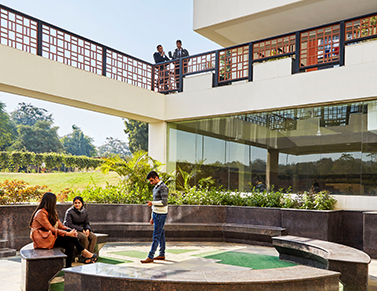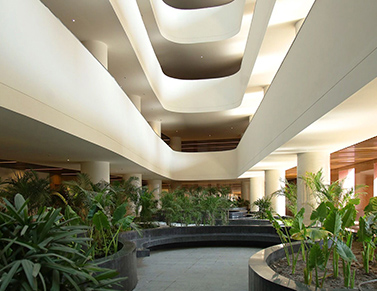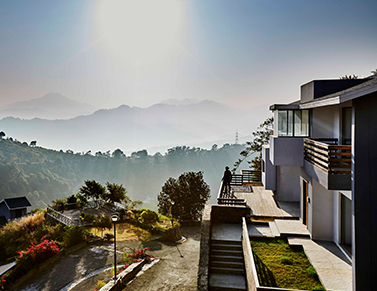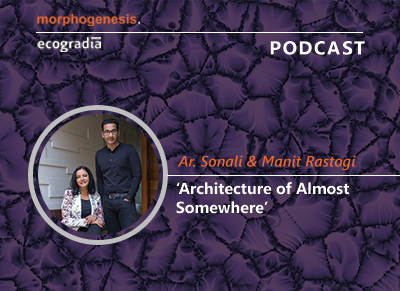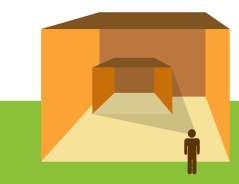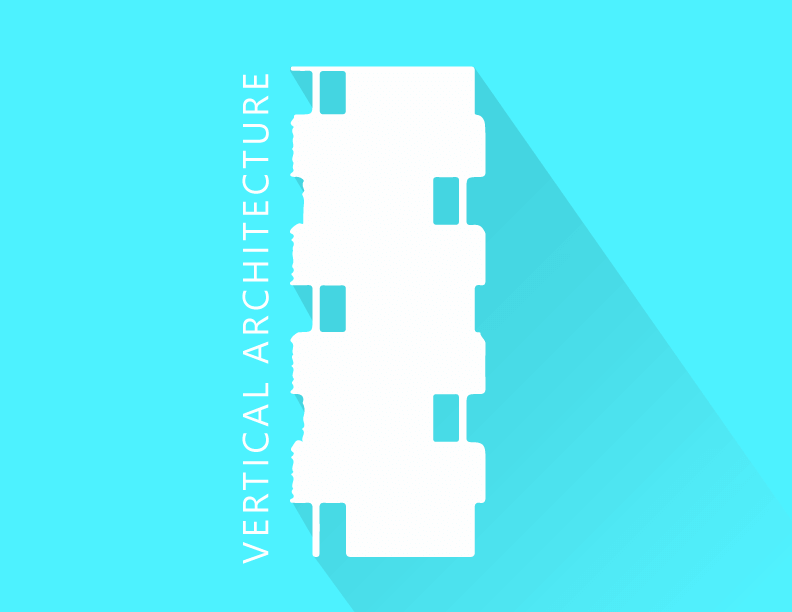This article provides an overview of energy efficient architecture, exploring its definition, key principles, benefits, and challenges, while highlighting its crucial role in modern design and future trends like net zero energy buildings and smart city innovations.
In a world increasingly focused on sustainability, energy-efficient architecture has become a cornerstone of modern design. As climate change concerns grow and energy costs rise, both residential and commercial buildings are being reimagined to minimize their environmental impact while optimizing energy consumption. Energy-efficient architecture not only reduces utility bills but also contributes to a healthier planet by decreasing greenhouse gas emissions.
This article delves into the fundamentals of energy-efficient architecture, exploring its key principles, design strategies, and real-world applications. We’ll also examine the unique challenges in implementing such designs and take a look at future trends shaping the industry. Whether you’re considering building a more sustainable home or working on a commercial project, understanding these concepts can help you create spaces that are both functional and eco-friendly.
Table of Content:
- What is Energy Efficient Architecture?
- The Role of Energy Efficiency in Architecture
- Key Principles of Energy Efficient Architecture
- Benefits of Energy Efficient Architecture
- Challenges in Implementing Energy Efficient Architecture
- Morphogenesis’ Project in Focus: Energy Efficient Design in Architecture
- Future Trends in Energy Efficient Architecture
- Future of Green Buildings
- m.exploration
1. What is Energy Efficient Architecture
Energy-efficient architecture focuses on designing buildings that prioritize the reduction of energy consumption without compromising comfort or functionality. It involves the use of sustainable materials, advanced construction methods, and design strategies that aim to minimize the energy required for heating, cooling, lighting, and other essential building functions. Key techniques include the integration of passive design strategies like maximizing natural light and airflow, high-performance insulation, energy-efficient windows, and the use of renewable energy systems such as solar panels.
At its core, energy-efficient architecture seeks to minimize the environmental impact of buildings by reducing energy demand and reliance on nonrenewable resources, such as fossil fuels. This approach not only helps decrease greenhouse gas emissions but also reduces long-term operational costs. While the initial investment in energy-efficient technologies might be higher, the financial savings, increased comfort, and enhanced durability of the building often yield significant benefits over time.
2. The Role of Energy Efficiency in Architecture
Energy efficiency plays an increasingly critical role in modern architecture, addressing both environmental concerns and the economic demands of building owners. Beyond simply reducing energy consumption, energy-efficient architecture is now seen as a vital component of sustainable design that aligns with global efforts to combat climate change. By lowering greenhouse gas emissions and decreasing reliance on fossil fuels, energy-efficient buildings contribute to the larger goal of sustainability.
In addition to environmental benefits, energy-efficient architecture provides substantial economic advantages. Energy-efficient buildings lower long-term operational costs through reduced energy bills and maintenance needs. They also often qualify for incentives, tax breaks, or green certifications, making them more attractive to developers and investors. Furthermore, modern energy-efficient systems—such as advanced HVAC systems, automated lighting, and smart building technologies—enhance occupant comfort and health, creating more pleasant living and working environments.
What sets energy efficiency apart today is its integration into every phase of architectural design, from site selection and building orientation to material choice and technological implementation. As advancements continue in materials science and renewable energy technologies, the role of energy efficiency will evolve, further reducing the ecological footprint of the built environment while maintaining economic and comfort benefits.
3. Key Principles of Energy Efficient Architecture
Here are the key principles of energy efficient architecture:
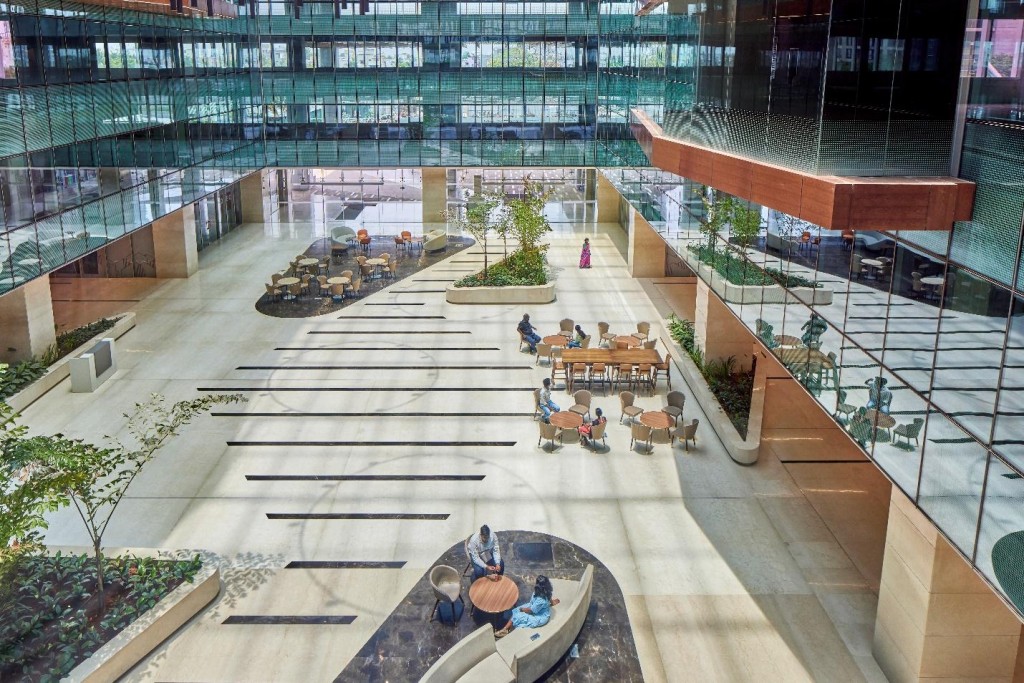
a. Passive Design
As previously stated, passive design emphasizes the use of natural elements such as sunlight and airflow to regulate indoor temperatures. Beyond basic orientation, passive design also involves specific techniques like thermal massing, where materials such as concrete or stone absorb heat during the day and release it at night, helping to maintain a stable indoor temperature throughout the day.
b. Thermal Insulation and Building Envelope
A building’s envelope plays a crucial role in energy conservation. While effective insulation reduces heat loss and gain, the strategic use of materials with low thermal conductivity ensures that energy remains inside the building. In tandem with airtight seals around windows and doors, this principle reduces energy waste and enhances overall efficiency.
c. Energy-Efficient Windows and Glazing
While energy-efficient windows were touched upon earlier, it’s important to note that advancements in glazing technology, such as low-emissivity (low-E) coatings, further enhance thermal performance. These coatings help regulate heat transfer, ensuring minimal energy loss while maximizing natural light.
d. Renewable Energy Integration
Beyond solar panels, integrating other renewable systems like geothermal heat pumps and wind turbines can offer diverse, sustainable energy options depending on the building’s location. These technologies not only reduce reliance on external energy but also contribute to long-term energy independence.
e. Efficient Lighting and HVAC Systems
Lighting and HVAC systems are often responsible for a significant portion of a building’s energy use. Incorporating smart systems, such as automated lighting that adjusts based on occupancy and daylight, alongside energy recovery ventilation in HVAC units, ensures that energy is used only when needed, reducing overall consumption.
f. Sustainable Building Materials
The selection of materials is not only about energy efficiency during the building’s operational phase but also about their embodied energy— the energy consumed during production and transport. Utilizing locally sourced or recycled materials reduces this footprint and contributes to a more sustainable building lifecycle.
g. Water Conservation and Efficiency
Efficient water use is another key component of sustainable architecture. Techniques like greywater recycling, rainwater harvesting, and low flow plumbing fixtures minimize the energy needed for water treatment and heating, further reducing the building’s overall environmental impact.
h. Building Automation and Smart Technology
Smart building systems can optimize energy use by adjusting heating, cooling, and lighting based on real-time data, ensuring minimal waste. This automation enhances the overall performance of the building by adapting to occupancy patterns and weather changes, leading to higher efficiency.
Also Read: How can we design sustainable buildings across different scales and contexts?
4. Benefits of Energy Efficient Architecture
The benefits of energy-efficient architecture are far-reaching, impacting not only the environment but also the economy, building occupants, and society as a whole. Below are the primary advantages of implementing energy-efficient principles in architectural design:
a. Reduced Energy Consumption
The most immediate benefit of energy-efficient architecture is the reduction in energy consumption. By incorporating advanced insulation, energy-efficient windows, and passive design strategies, buildings require less energy for heating, cooling, and lighting. This not only lowers operational costs but also reduces the building’s overall carbon footprint.
b. Lower Utility Bills
A direct result of reduced energy consumption is significantly lower utility costs for building owners and occupants. Over time, these savings can outweigh the initial investment in energy-efficient technologies, offering a favorable return on investment (ROI) and making green architecture a financially viable choice.
c. Environmental Impact
Energy-efficient architecture plays a pivotal role in reducing greenhouse gas emissions. By minimizing the energy required for heating, cooling, and lighting, buildings contribute to a reduction in the use of fossil fuels, aligning with global sustainability goals. As a result, these buildings have a reduced carbon footprint, which is essential in combating climate change.
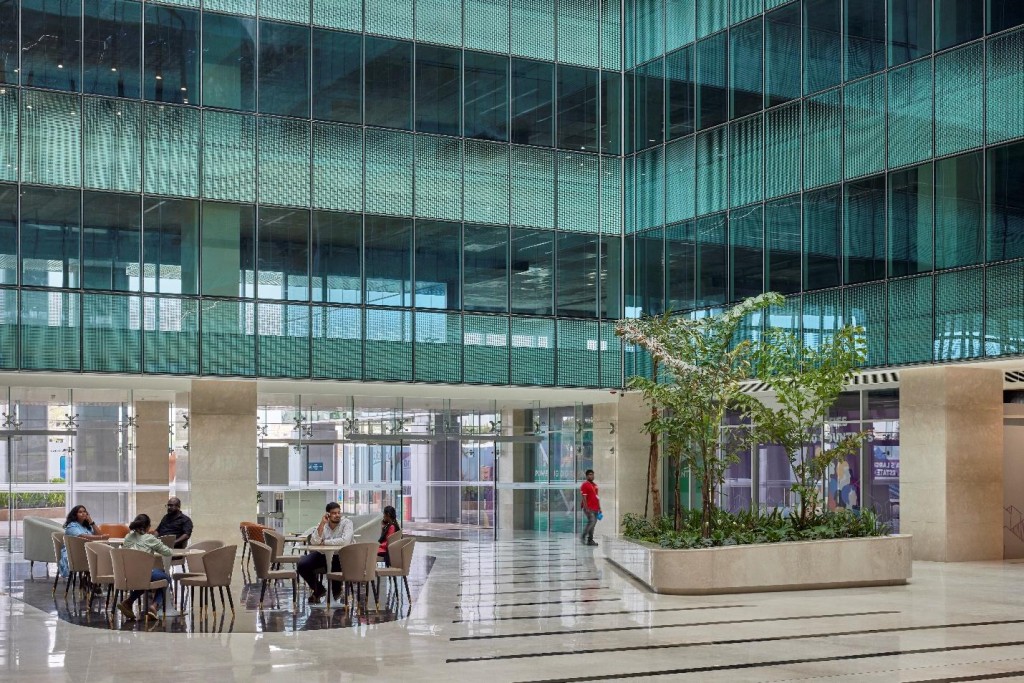
d. Enhanced Comfort and Indoor Air Quality
Energy-efficient designs not only lower energy consumption but also create more comfortable and healthier indoor environments. High-performance insulation maintains a consistent indoor temperature, while advanced ventilation systems improve air quality by reducing pollutants and ensuring adequate airflow.
e. Increased Property Value
Due to the growing demand for sustainable living and working environments, energy-efficient buildings often have higher market values. Buyers and tenants increasingly seek properties that offer long-term cost savings and reduced environmental impact, making energy-efficient buildings a desirable investment.
f. Government Incentives and Tax Benefits
Many governments offer incentives such as tax rebates, grants, and subsidies to encourage energy-efficient construction. These financial benefits can offset the higher upfront costs of green technologies, making energy-efficient architecture even more accessible and cost-effective.
g. Improved Resource Management
Water conservation techniques, like rainwater harvesting and the use of water-efficient appliances, complement energy-efficient strategies, ensuring that buildings manage all resources—energy and water—more sustainably. These practices reduce the strain on municipal resources and contribute to the long-term sustainability of the building.
h. Reduced Maintenance Costs
Energy-efficient buildings often incorporate durable, long-lasting materials and systems. These not only improve the building’s lifespan but also reduce maintenance and replacement costs. Systems such as energy-efficient HVAC units and high-performance windows require less frequent servicing, lowering overall upkeep expenses.
i. Energy Independence
By integrating renewable energy sources such as solar panels and geothermal systems, energy-efficient buildings can achieve a greater degree of energy independence. This reduces their reliance on external energy grids, insulating owners from fluctuating energy prices and power outages.
j. Positive Social Impact
On a broader scale, energy-efficient architecture contributes to societal benefits, such as reducing the demand on energy infrastructure. These buildings can also be more resilient in the face of extreme weather events, providing safer and more reliable environments for their occupants. Additionally, by promoting sustainability, energy-efficient architecture sets a positive example for future construction practices.
Learn more: 15 Transformative Benefits of Green Building: Health, Economy, Social and Environmental
5. Challenges in Implementing Energy Efficient Architecture
While energy-efficient architecture offers significant benefits, its implementation can be challenging due to several factors. These challenges often require careful planning, investment, and collaboration among various stakeholders, including architects, engineers, contractors, and clients. Here are the primary challenges faced in implementing energy-efficient architecture:
a. High Initial Costs
One of the most significant barriers to energy-efficient architecture is the higher upfront cost. Building materials that are more energy-efficient, such as high-performance insulation, energy-efficient windows, and renewable energy systems like solar panels, tend to be more expensive than standard materials. While the long-term savings are substantial, the initial investment can deter some clients, particularly in projects with tight budgets.
b. Lack of Awareness and Understanding
Many clients, developers, and even some professionals in the industry may not fully understand the long-term benefits of energy-efficient architecture or the technologies involved. This lack of awareness can result in resistance to adopting energy-efficient practices, particularly in regions where traditional construction methods are more deeply entrenched or where immediate financial savings aren’t prioritized.
c. Regulatory and Code Constraints
While many regions have begun adopting energy-efficient building codes, these regulations may not always be robust or comprehensive. Additionally, local building codes may not fully accommodate or incentivize the latest sustainable technologies or design strategies. In some cases, the regulatory environment may also create friction when incorporating renewable energy systems or nontraditional construction materials, making it more difficult to implement energy-efficient solutions.
d. Design and Construction Complexity
Implementing energy-efficient designs often requires advanced planning and integration of multiple systems, such as HVAC, lighting, renewable energy, and insulation. Coordinating these elements can increase the complexity of the design and construction process. For instance, creating a passive house or implementing a building-integrated photovoltaic (BIPV) system requires precise detailing and expertise, and any missteps can affect the building’s overall efficiency.
e. Technological Limitations and Integration
While renewable energy technologies like solar panels, wind turbines, and geothermal heating systems have become more accessible, their integration into traditional building designs can be complex. Additionally, technological advancements in energy-efficient systems and materials are continuously evolving, meaning that what is considered the “best” solution today may soon be outpaced by newer innovations. Keeping up with these advancements and integrating them into projects requires a continuous learning curve for architects and designers.
f. Retrofitting Older Buildings
Retrofitting existing buildings to improve energy efficiency is often more difficult than incorporating energy-efficient designs into new constructions. Older buildings may not be designed to accommodate modern insulation, energy-efficient systems, or renewable energy technologies. Retrofitting may require significant alterations to the structure, which can be costly, time-consuming, and may compromise the building’s aesthetic or historic value.
g. Supply Chain and Material Availability
The availability of sustainable materials can vary based on location, market conditions, and the scale of the project. For instance, high-performance insulation, green-certified materials, or renewable energy technologies might not be readily available in all regions, leading to delays or increased costs. Additionally, the production of sustainable materials can sometimes be limited by supply chain issues, making it difficult to meet the demands of energy-efficient building projects.
h. Limited Incentives and Financing Options
Although some governments provide incentives for energy-efficient construction, these programs are not always universally available or sufficient to offset the higher initial costs. Financing options for energy-efficient projects, such as green building loans or incentives for using renewable energy systems, may also be limited or difficult to access, particularly for smaller-scale projects or residential homes.
i. Long Payback Period
The financial return on investment (ROI) for energy-efficient buildings is often realized over a long period. While energy savings accumulate over time, some clients may be unwilling to wait several years or decades to see the full financial benefits, especially when dealing with tight budgets or competing financial priorities. This can make it harder to convince stakeholders to invest in energy-efficient solutions.
j. Performance Monitoring and Maintenance
To ensure that an energy-efficient building continues to operate optimally, regular performance monitoring and maintenance are required. However, this can be difficult to implement and manage, particularly if the building incorporates advanced technologies like smart thermostats, energy management systems, or renewable energy installations. Without proper maintenance and ongoing monitoring, the performance of energy-efficient systems may degrade over time, reducing the building’s overall efficiency.
6. Morphogenesis’ Projects in Focus
Sustainability is central to Morphogenesis’s design philosophy, and our diverse projects consistently meet the high standards required for them to be considered as exemplary examples of energy-efficient architecture. Here
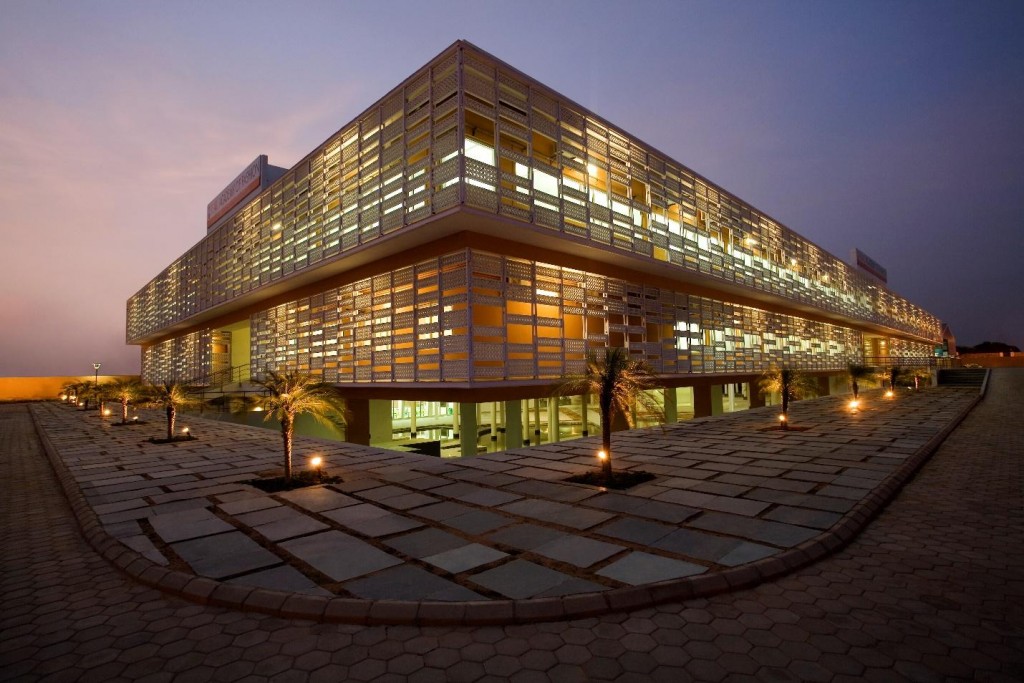
a. Pearl Academy of Fashion, Jaipur
The Pearl Academy of Fashion, Jaipur, is a striking example of environmentally responsive architecture that seamlessly blends traditional and contemporary design. Located in the desert climate of Jaipur, the campus was designed to create an interactive and creative environment for students, while also addressing the harsh climate conditions through innovative design solutions. The building’s rectilinear form draws inspiration from the traditional dense, opaque exteriors of Jaipur’s heritage architecture, with fluid and multifunctional internal spaces.
Energy efficiency and sustainability were at the core of the project’s design. The architecture integrates various passive cooling techniques that minimize the reliance on mechanical systems, a crucial feature in the hot, dry climate of Rajasthan. The Pearl Academy uses a double-skin façade with jaalis, perforated stone screens, which serve as a thermal buffer and reduce heat gain while allowing diffused daylight to enter. These screens, traditionally used in Rajasthani architecture, also enhance privacy and promote natural ventilation.
One of the most innovative features of the campus is its “underbelly” structure, inspired by traditional stepwells (baolis), which act as a thermal sink. The underbelly uses earth-sheltering and evaporative cooling from water bodies to maintain stable internal temperatures of around 27°C, even when outside temperatures soar to 47°C. The water used in these cooling systems is recycled from the on-site sewage treatment plant, making the system highly resource efficient. Additionally, the thermal mass of the building allows it to release stored heat slowly, keeping the space cool during the day and warm during the cooler desert nights.
Traditional roof insulation techniques, such as the use of inverted matkas (earthen pots), further reduce heat absorption, lowering the building’s overall energy demand. The Pearl Academy is entirely self-sufficient in power and water supply, promoting the use of rainwater harvesting and wastewater recycling.
The design of the Pearl Academy of Fashion serves as a model of cost-effective, energy-efficient architecture for desert regions, making it not only a creative hub for students but also a beacon of sustainable design.
b. CapitaLand, Radial Road, Chennai
International Tech Park Chennai, Radial Road (ITPC-Radial Road), developed by Morphogenesis for CapitaLand Investment Limited (CLI), is India’s first business park to achieve Net Zero certification from the Indian Green Building Council (IGBC). This certification highlights the project’s focus on energy efficiency, water conservation, and waste management.
Located along Chennai’s fast-growing IT corridor, the business park spans 5 million square feet and will accommodate over 50,000 IT professionals across four Grade A office blocks upon completion. Phase 1, which is operational with 1.3 million square feet, has already secured tenants such as Vestas Wind Technology India.
The project incorporates a Net Zero Energy strategy that includes both passive and active measures to reduce energy consumption while maximizing efficiency. A Building Management System, supported by Digital Twin Technology, is employed to monitor real-time data and optimize energy use. Water management practices prioritize minimizing consumption and enhancing reuse.
In addition to its Net Zero certification, ITPC-Radial Road is pre-certified Platinum by IGBC and holds a WELL pre-certification for its commitment to enhancing occupant health and well-being through improved air and water quality and optimized natural light.
ITPC-Radial Road sets a benchmark in sustainable design, balancing green building practices with modern amenities and efficient office spaces.
7. Future Trends in Energy Efficient Architecture
As we look ahead, the field of energy-efficient architecture is evolving rapidly, driven by both technological innovations and a growing awareness of the need for sustainability. In recent times, the construction industry has shifted its focus from merely creating functional buildings to designing structures that work in harmony with the environment.
Today, we’re at the forefront of a movement that emphasizes reducing energy consumption, harnessing renewable resources, and integrating smart technologies to create more efficient and sustainable buildings. Here are some of the most exciting trends shaping the future of energy-efficient architecture.
i. Net Zero Energy Buildings
One of the most promising advancements is the rise of Net Zero Energy Buildings (NZEBs). These are buildings designed to produce as much energy as they consume over the course of a year. Achieving this balance is no small feat—it requires a thoughtful combination of energy-efficient design, cutting-edge technology, and on-site renewable energy generation. Solar panels are often used to capture energy from the sun, while wind turbines or geothermal systems can harness other natural resources. By using energy from these sources to meet the building’s demand, NZEBs drastically reduce their reliance on fossil fuels, which in turn minimizes their environmental impact.
In practice, NZEBs integrate energy efficiency into every aspect of their design. This includes insulation to reduce heat loss, windows that maximize natural light while minimizing thermal transfer, and high-performance HVAC systems that use less energy to maintain indoor comfort. With stricter energy regulations being implemented across the globe, the trend toward NZEBs is gaining momentum, and these buildings are likely to become a standard in the future. This movement represents a fundamental shift in how we think about architecture—not just as structures, but as ecosystems capable of sustaining themselves with minimal external energy input.
ii. Innovations in Building Materials and Technologies
In recent years, advancements in building materials and technologies have played a critical role in improving the energy efficiency of buildings. The introduction of ultra-efficient insulation, for example, has dramatically reduced the amount of energy needed for heating and cooling. New materials, such as aerogels and vacuum-insulated panels, offer incredible thermal resistance in a slim profile, making them ideal for both new construction and retrofitting existing buildings. In addition to insulation, reflective roofing materials can deflect sunlight, reducing the heat absorbed by a building and lowering the need for air conditioning in warmer climates.
Phase-change materials (PCMs) are another exciting innovation. These materials can absorb, store, and release energy in the form of heat as they transition between solid and liquid states. When integrated into walls or ceilings, PCMs help regulate indoor temperatures by storing excess heat during the day and releasing it at night, thus maintaining a more stable internal environment with less reliance on heating or cooling systems.
Smart technologies are also making significant strides in energy-efficient architecture. Smart windows, for example, can automatically adjust their tint to control the amount of light and heat entering a building, while energy-efficient lighting systems, such as LEDs, reduce electricity consumption. The integration of renewable energy technologies into the building envelope, such as solar façades or solar-integrated windows, allows buildings to generate power directly from their external surfaces. These innovations are not just about saving energy—they’re about creating buildings that are more responsive and adaptable to changing environmental conditions.
The future of building materials is also closely tied to nanotechnology and biomaterials. Nanomaterials, for instance, have the potential to improve the performance of traditional building materials by enhancing their thermal properties or making them more resistant to wear and tear. Biomaterials, such as those derived from plants or other renewable sources, can replace energy-intensive materials like concrete or steel, offering a more sustainable alternative that reduces the overall carbon footprint of a building.
iii. The Role of Smart Cities in Promoting Energy Efficiency
Beyond individual buildings, the concept of smart cities is transforming how we approach energy efficiency on a larger scale. A smart city leverages information and communication technologies (ICT), such as the Internet of Things (IoT), smart grids, and artificial intelligence (AI), to optimize the energy use of entire communities. This integration allows for real-time monitoring and control of energy consumption, water usage, and waste management across the city, making it possible to minimize waste and enhance overall efficiency.
For example, smart grids enable buildings to share excess energy with one another, ensuring that power is distributed where it’s needed most. IoT-connected sensors can track everything from temperature and humidity levels to occupancy rates, automatically adjusting lighting, heating, or cooling systems to meet demand without wasting energy. AI algorithms can analyze data collected from various sources and predict energy needs, allowing for more precise control over resource distribution. This level of interconnectedness not only improves the energy performance of individual buildings but also helps cities reduce their overall carbon footprint and improve the quality of life for residents.
Additionally, smart cities promote the widespread adoption of renewable energy resources by integrating them into the urban fabric. Solar panels, wind turbines, and even geothermal systems can be embedded into buildings and public infrastructure, creating a network of energy producers that contribute to the city’s energy needs. This distributed energy system not only increases energy efficiency but also enhances the city’s resilience to power outages and other disruptions.
We have witnessed the potential of these smart technologies firsthand. They offer a future where cities can be both energy-efficient and adaptive, responding in real-time to the changing needs of their inhabitants while reducing their environmental impact. As we continue to develop more sophisticated tools and systems, the role of smart cities in promoting energy efficiency will only become more critical.
Frequently Asked Questions
Q1. How does energy-efficient architecture contribute to climate change mitigation?
Ans: Energy-efficient architecture reduces carbon emissions by lowering energy consumption in buildings. With smarter building designs, renewable energy integration, and improved insulation, these buildings help decrease reliance on fossil fuels, making a significant contribution to mitigating climate change.
Q2. Can existing buildings be retrofitted to become energy-efficient?
Ans: Yes, many existing buildings can be retrofitted with energy-efficient solutions such as better insulation, energy-efficient windows, upgraded HVAC systems, and the addition of renewable energy sources. Retrofitting not only reduces energy use but also increases the building’s value and comfort.
Q3. What role do smart technologies play in energy-efficient architecture?
Ans: Smart technologies, such as smart thermostats, lighting systems, and energy management software, optimize energy consumption by automatically adjusting settings based on usage patterns. These systems enhance efficiency, reduce waste, and improve the overall sustainability of a building.
m. exploration
As we continue to explore the intersection of architecture, design, and sustainability, we invite you to delve deeper into the ideas and innovations presented on our website. Whether you’re looking for inspiring architectural projects or insightful videos, Morphogenesis serves as a hub for thought-provoking content that reflects our commitment to responsible design.
If you still have unanswered questions about architecture and interior design, consider these additional resources for further information:
- Video gallery: Discover our latest projects and design philosophies through engaging visual narratives.
- Projects: Learn about our curated selection of residential, commercial, institutional, hospitality projects that embody Morphogenesis’ copyrighted design philosophy – SOUL.
- m.blog: Dive into a wealth of knowledge with our blog, where we share insights on architecture, design trends, and sustainable practices.













